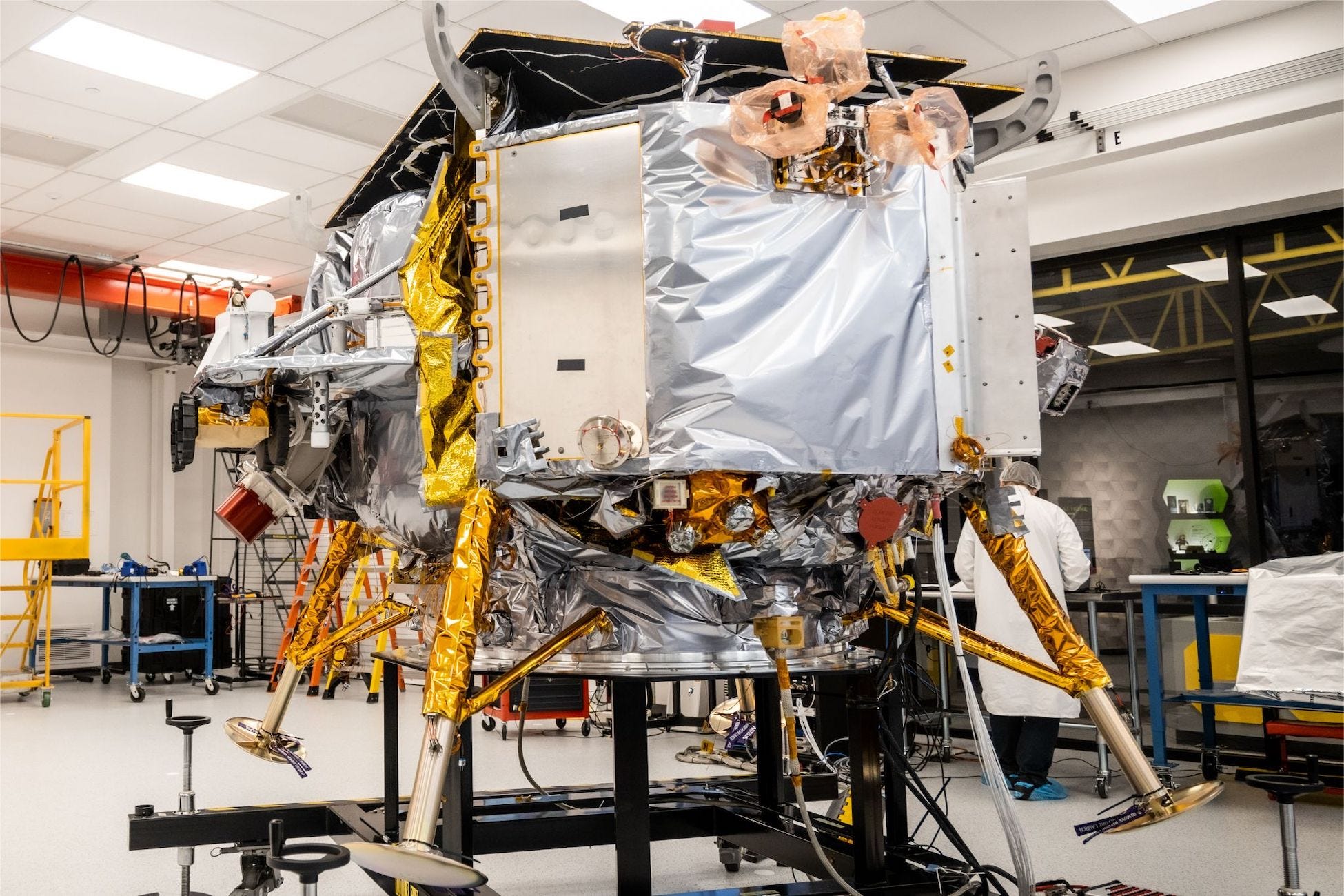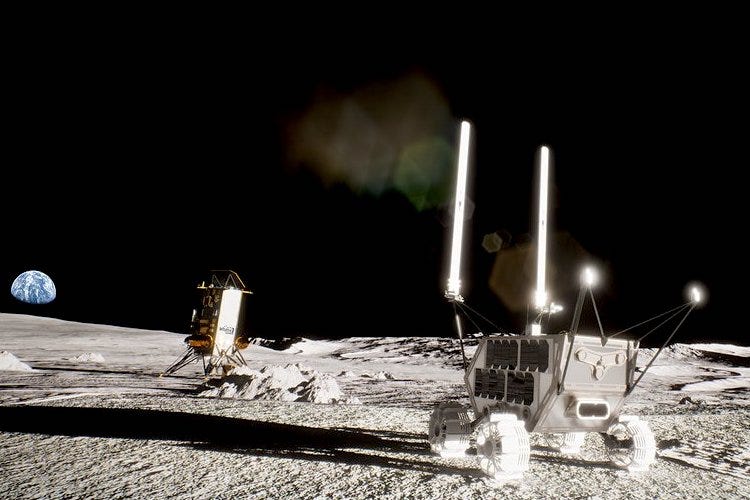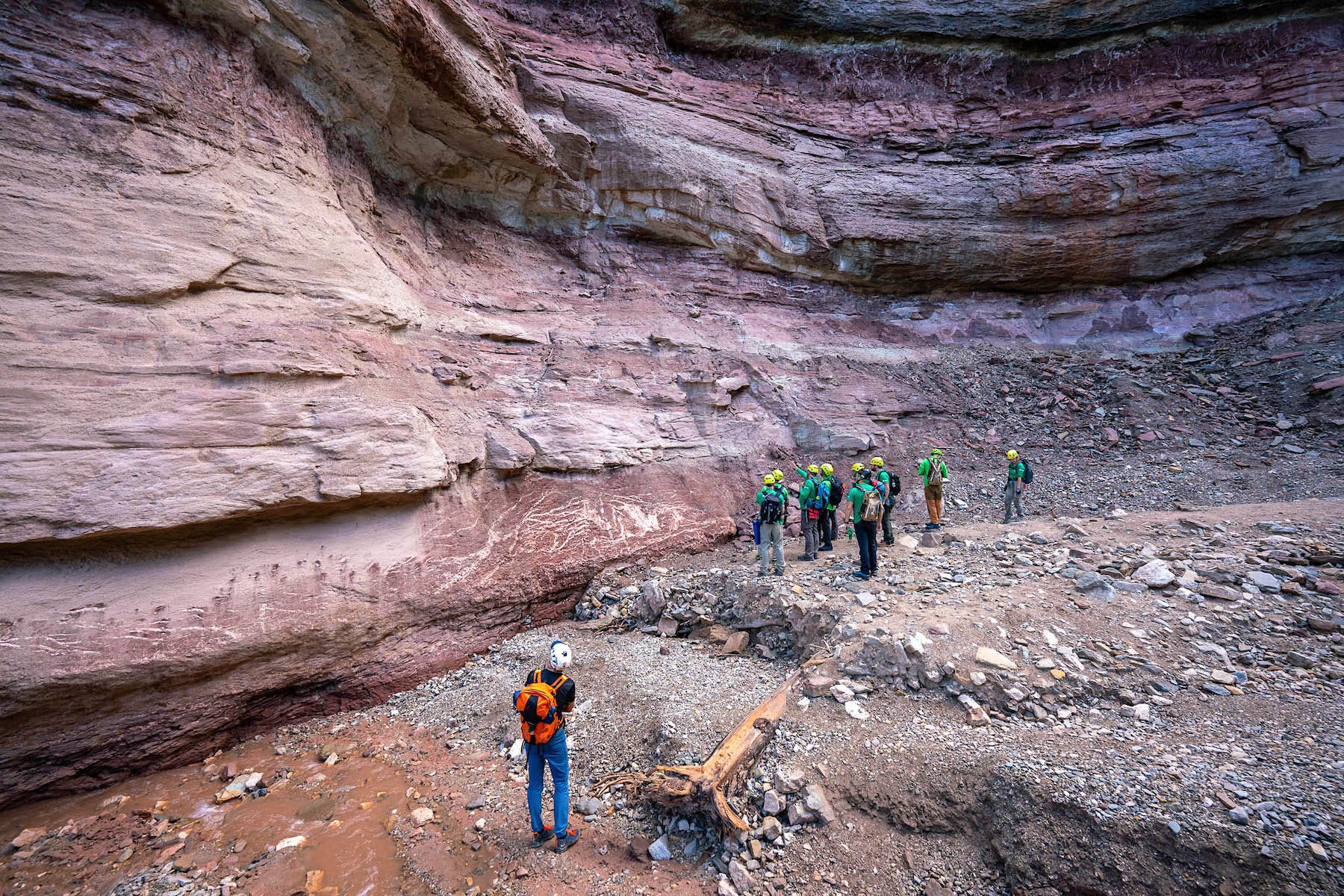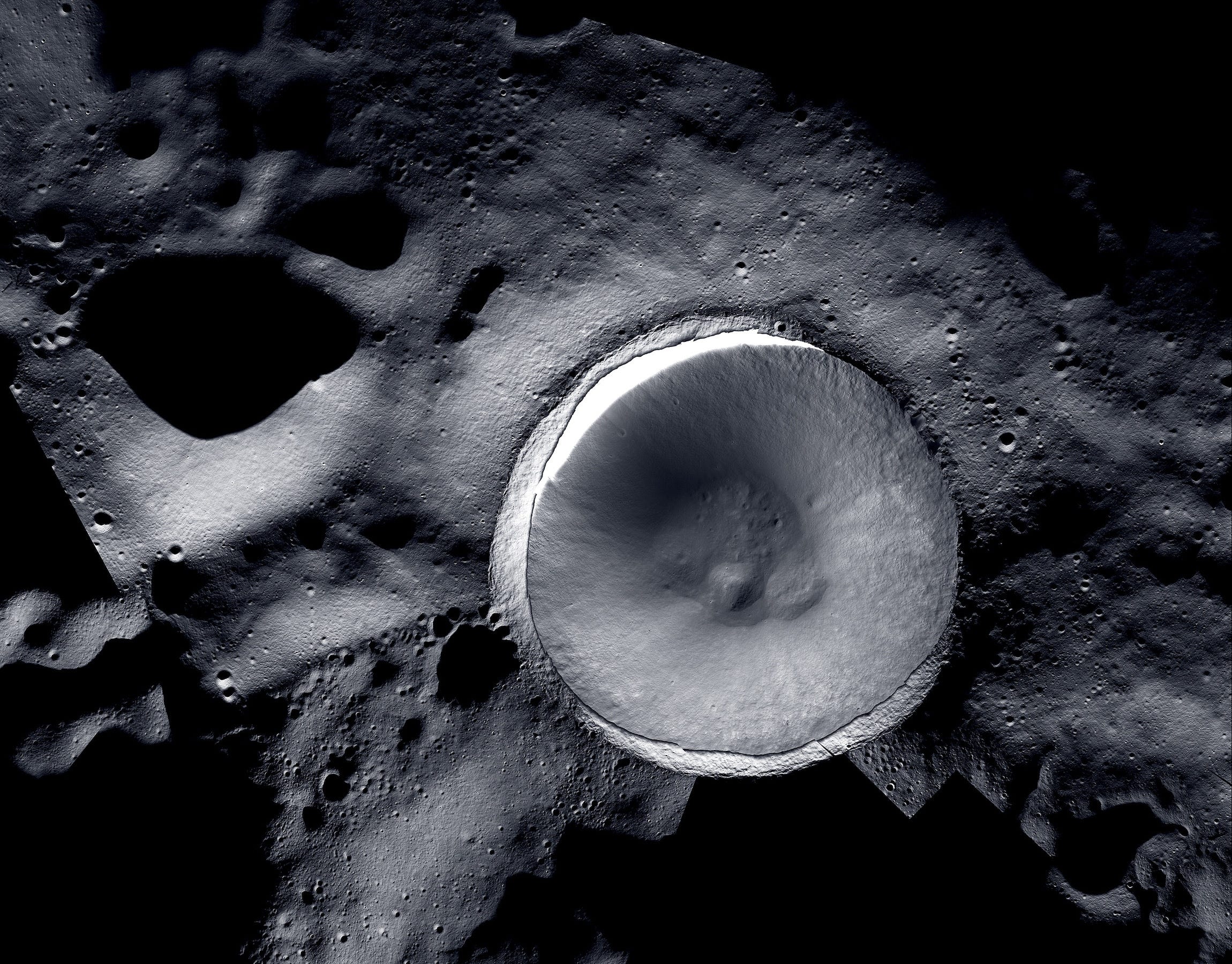Moon Monday #146: Lunar lander updates from NASA & LEAG, a rover from Lunar Outpost, geology training for astronauts, and more
NASA CLPS lunar mission updates from LEAG

Below are some notable updates from the sessions I could attend (virtually) at the annual meeting of the NASA-backed Lunar Exploration Analysis Group (LEAG) this September 20–22.
CLPS manager Chris Culbert gave a forthright presentation on how the agency’s program to send payloads to the Moon aboard commercial landers has been facing more challenges than expected. He highlighted that “the supply chain necessary to build [commercial] lunar landers is still immature.” Another issue is that the commercial model intended to keep costs and complexity low is clashing with the agency’s traditional approach to let scientists maximize science returns from payloads. “Payloads would like to trade payload capability for lander capability in ways that frequently don’t align with true commercial missions. Keeping payloads on budget is a challenge.”
Culbert then mentions how CLPS has been adapting to such challenges by adjusting schedules, better assessing financial risks, and improving use of the limited resources CLPS companies have compared to NASA’s traditional “depth staffing” which affords more parallel work. One of those financial challenges concern the Chapter 11 bankruptcy filed by Masten Space last year, which stemmed from the company underbidding for its awarded $75.9 million CLPS contract by $30 million. Masten was later acquired by Astrobotic. Debra Needham, Program Scientist at NASA’s Exploration Science Strategy and Integration Office, said at LEAG 2023 that the agency plans to “strategically manifest [NASA] payloads” from Masten’s mission onto other landers as feasible.
Also see: How do CLPS selections work?

Anthony Colaprete, Project Scientist for NASA’s upcoming VIPER rover said that Honeybee Robotics has delivered the vehicle’s key drill, and that the rover integration should be complete before end of year. VIPER’s CLPS launch to the Moon’s south pole onboard Astrobotic’s Griffin lander remains on schedule for November 2024. VIPER will explore areas in and around permanently shadowed regions for over four months, and use its drill and three instruments to unravel the nature of the Moon’s water ice deposits, assess their resource potential, and help determine how accessible they are. This will help NASA plan crewed Artemis missions.
Debra Needham announced that NASA will soon put out a call for scientists to propose sub-20-kilogram stand-alone payloads to be sent to the Moon on CLPS landers no earlier than 2027. This once again expands and enhances the scope of NASA’s PRISM program under which all recent CLPS scientific instrument and suite selections have been made.
Many thanks to Epsilon3 for sponsoring this week’s Moon Monday.
Lunar Outpost preps rover for first Moon mission

Lunar Outpost has integrated three payloads into its first MAPP Moon rover, which will be aboard Intuitive Machines’ second Moon lander aiming for a H1 2024 launch as part of NASA’s CLPS program. The three payloads comprise:
- a near-field depth camera aimed at reconstructing the lunar surface for future astronaut training in virtual reality
- a miniature swarm robot to take surface temperature measurements and also inspect the MAPP rover’s physical health
- and a silicon chip hosting reflections of people in native languages.
In 2021, NASA chose Lunar Outpost and this mission’s MAPP rover as one of the four selections to collect—but not return—lunar material and transfer its ownership to NASA. This move by the agency is to set precedence for legal frameworks to extract and utilize lunar and space resources in the future. The MAPP rover will also host antennae from Nokia to test a 4G/LTE network on the Moon for NASA. It will be the first such test to see how we might get high-throughput, long-range, and low-latency communications necessary for having a sustainable lunar presence in the future.
Apart from deploying the rover, the Intuitive Machines lander will carry NASA’s PRIME-1 drill and a mass spectrometer to study water ice at the Moon’s south pole. The lander will also deploy the company’s own NASA-supported, $41 million hopper called Micro-Nova, which aims to hop five times to capture high-resolution imagery and other measurements of the surface under its flight path. One of the hops would be over a permanently shadowed region to detect and study potential water ice in there.
Astronauts train for Luna
The four astronauts who will fly around our Moon and back circa early 2025 on NASA’s Artemis II mission completed the first integrated ground system test on September 20. Like during the mission, they suited up, departed to the launchpad in next-generation, all-electric vans, and then went up the launch tower to a room inside the crew access arm. During the mission, that’s from where crew will enter the Orion spacecraft for launch of their circumlunar journey.
Relatedly, two Artemis II astronauts—Jeremy Hansen and Christina Koch—spent almost a week earlier this month exploring the Kamestastin meteorite impact crater in Canada for lunar geology training. Leading the expedition was Dr. Gordon Osinski, who was recently selected as part of the 12-person Geology Team for NASA’s Artemis III crewed landing mission mid-decade.

In the meanwhile, ESA’s Pangaea campaign to train future lunar astronauts in geology recently began its new batch. The participants include ESA astronaut Thomas Pesquet, NASA’s Jessica Wittner, and JAXA’s Takuya Onishi. Pangaea training expeditions includes various strikingly Moon-like geological sites across Europe: the Italian Dolomite mountains, the Ries impact crater in Germany, the Spanish volcanic island of Lanzarote, and the Norwegian fjords of Lofoten. The previous two Pangaea batches included ESA’s Alexander Gerst, Andreas Mogensen, and Robin Eccleston as well as NASA’s Kathleen Rubins and Stephanie Wilson.
More Moon

- NASA’s ultra-sensitive ShadowCam imager onboard South Korea’s first lunar orbiter KPLO has snapped a new, highest-resolution view of the Shackleton Crater on the Moon’s south pole, most of which is in permanent shadow. ShadowCam’s high resolution mapping of eternally shaded lunar polar terrain enables planning future resource prospecting missions within such regions.
- Soon after the lunar day dawned on Chandrayaan 3’s landing site on September 22, ISRO began efforts to reestablish communication with the lander and rover with hopes of getting an extended mission. The Indian space agency says no signals have been received from them so far but efforts continue.
- NASA convened a three-day workshop in April with a diverse group of 55 experts to consider the long-term ethical, legal, and societal impact, implications, and challenges of the crewed Artemis exploration program.
- The Planetary Surfaces and Spacecraft Lab at the University of Maryland is hiring postdoctoral researchers to specifically develop technology that can repeatedly remove notorious lunar regolith from spacesuits and solar panels with ease on future crewed missions.
